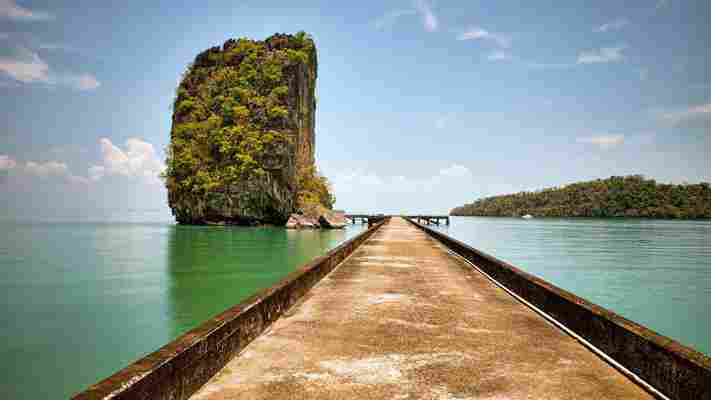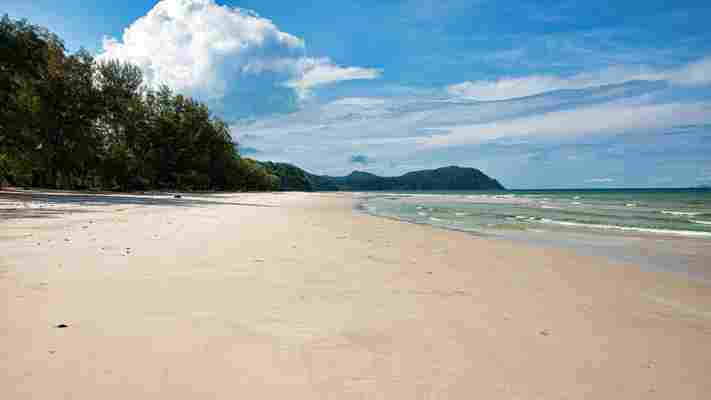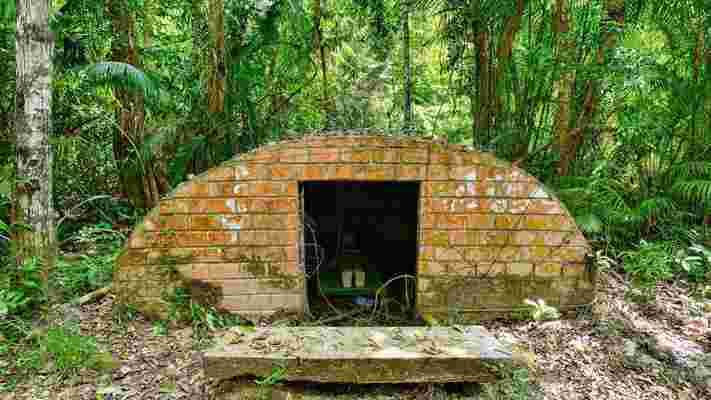Article continues below

Tarutao
Tarutao may be one of Southeast Asia’s last true paradises, with empty beaches and jungles teeming with wildlife. But the remote island in Thailand’s southern Andaman Sea is better known for its surprisingly sinister past. (Credit: Dave Stamboulis)

Tarutao
Thailand’s Ko Tarutao Marine National Park comprises some of the most beautiful islands in the country. While not many of the nation’s isles have escaped the developer’s sword, the 51 islands that make up the park maintain idyllic white-sand beaches, emerald bays and verdant tropical foliage. Tarutao, the largest island in the park, is no different. (Credit: Dave Stamboulis)

Tarutao
Tarutao wasn’t always associated with beauty, however. In the late 1930s, the Thai Department of Corrections began surveying the nation’s islands for a place to set up a penal colony that could alleviate overcrowding in Bangkok’s prisons. They decided on Tarutao. Located 40km off the coast of southwest Thailand, Tarutao’s remoteness made it difficult for those incarcerated there to escape. By 1939, the island was inhabited by several thousand hardened criminals and political prisoners. They lived in small huts scattered throughout the forest, imprisoned only by the surrounding sea. (Credit: Dave Stamboulis)
Tarutao
When World War II reached Southeast Asia in 1941 with the Japanese invasion of Thailand, Tarutao stopped receiving food and medical supplies from the mainland. Both the prisoners and wardens turned to piracy as a means of survival. The Strait of Malacca became a haven for lawlessness. Ships carrying goods to nearby Penang, Malaysia – then a British colony – were attacked and ransacked. By 1946, the situation had become so dire that the British military got involved, rounding up everyone in the penal colony and working with the Thai government to restore order. In 1948, Tarutao was all but abandoned until 1974, when Ko Tarutao Marine National Park was established. (Credit: Dave Stamboulis)
Tarutao
Despite jungle encroachment, remnants of the penal colony (like those pictured here) still pepper the island. The prison site at Talo Wao Bay on the island’s east coast is now accessed by a paved road, with rental bicycles being the preferred mode of travel by visitors. Additionally, a small museum and visitor centre detailing the history of Tarutao has been built at Talo Wao. Yet much of the island remains undisturbed. No commercial development is allowed here with the exception of a few bungalows and campgrounds. The humidity and thick jungle serve as a deterrent to all but the hardiest travellers. (Credit: Dave Stamboulis)
Tarutao
Those who do come to explore Tarutao are rewarded with jungle paths free of traffic, exquisite shorelines without any footsteps in the sand, and campgrounds sitting empty save for a single tent. (Credit: Dave Stamboulis)
